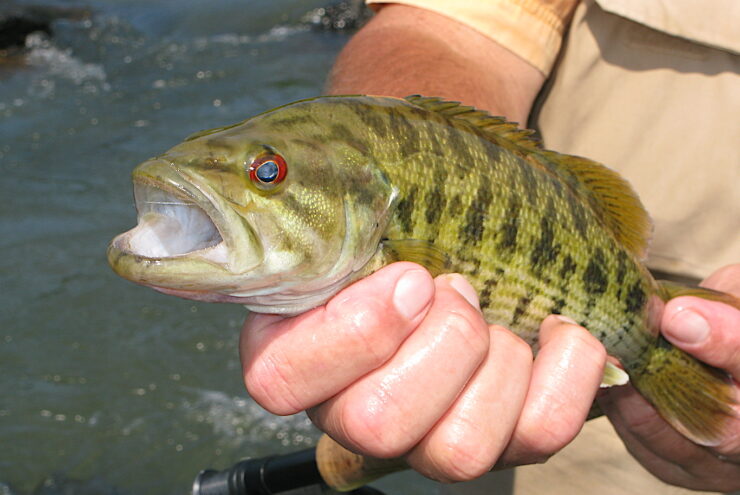Black Bass comprise several species within a certain genera, and are a very popular sport fish in the U.S. Black bass are probably responsible for the majority of fishing license sales every year. There are people who fish for nothing but black bass, and most tournaments are specifically for black bass.
The internet is full of black bass ‘Gurus’ who seem to eat, sleep and drink black bass 24/7. They can tell you when they spawn, where they spawn, the routes they most likely take to spawn, get food, stay for the winter, etc… They can tell you what lures to use when to use them, where to use them, what colors to use, and more… But there is a lot of information they don’t tell you.
This information may not help you catch more bass, but it will help you to understand them better. You should know as much about your adversary as possible to be really successful. Besides, knowing this information can let you dazzle the people at your local bait shop…. And who knows, some of this may be a Jeopardy question someday….
So without further delay, here are 10 things you probably didn’t know about back bass:
1. Black Bass Are Not Bass At All
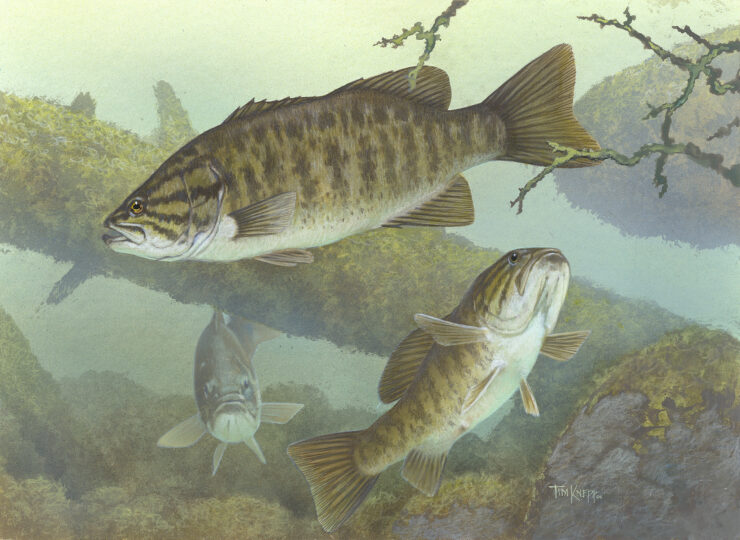
The black bass is not true bass. True basses belong to the family Moronidae, which includes white bass, striped bass, yellow bass, white perch, and hybrids. Black bass is actually panfish, or sunfish, and are in the family Centrarchidae, which includes largemouth bass, smallmouth bass, spotted bass, shoal bass, Guadalupe bass, white crappie, black crappie, bluegills, redear sunfish, green sunfish, pumpkinseeds, and other sunfish.
They are in the genus Micropterus. Some of the best baits for the larger species are representations of the smaller species, so it seems like a pretty dysfunctional family to me …. Just an extra tidbit included with the 10 things you probably didn’t know about black bass.
2. Black Bass Are Big Money
Black bass in the U.S. generates approximately 115 billion dollars in annual economic impact. That’s $115,000,000,000.000 a year! There are entire countries that do not make that much in a year… And here is another of the 10 things you probably didn’t know about black bass; They provide jobs for over 800,000 Americans. That’s just for black bass.
Can you imagine the economic impact when you add all the other species into it…..astronomical!
3. Black Bass Are The New Kids On The Block
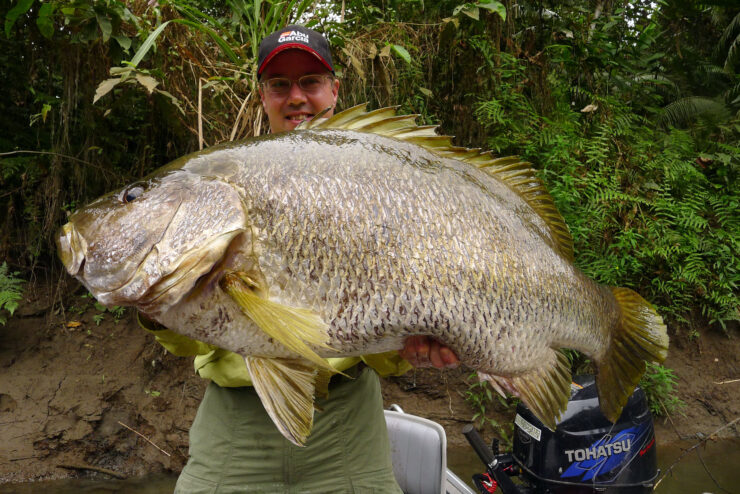
Many people assume that black bass and all other fish are ancient, but on a biological scale, they are relative newcomers to planet Earth. The Micropterus genus evolved around 26 million years ago, during the middle of the Oligocene epoch, but it did not include the black bass species we know and love today.
This happened in the Miocene Epoch, around 11.5 million years ago, when waters flooded the S.E. plains of N. America, then receded, isolating many groups of Micropterus from each other. This resulted in new species evolving, including the modern black basses. So they haven’t really been around much longer than we have.
Another cool addition to the 10 things you probably didn’t know about black bass is that the first Largemouth black bass was discovered in 1562, by French explorers in what would become the state of Florida. Today, Florida is still the Bass Mecca of the world.
4. In Most Places, Black Bass Are Actually An Invasive Species
The original range of black bass is entirely east of the Rocky Mountains. West of the Rockies was entirely the domain of trout. Through stocking programs, accidents, and a little chicanery, Black bass can now be found just about everywhere in the US, parts of Canada, Mexico, South America, Africa, and Europe. A black bass was even caught in Alaska last year, and it’s driving them bonkers….. The black bass is considered an “undesirable” species in Alaska, parts of Europe, Africa, Central America, and Canada due to their predacious and voracious nature.
5. Nothing Lives Forever…
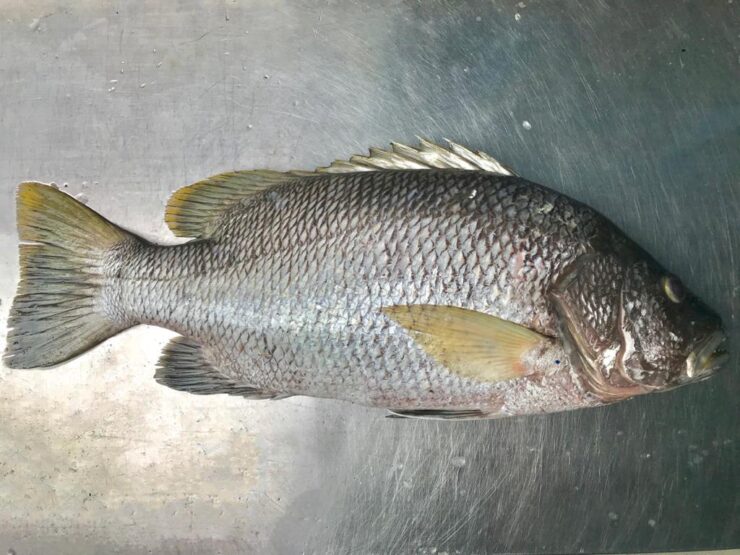
Excluding death by predation, black bass can live from 6 to 15 years on average. The oldest black bass known was from New York and was 23 years old. On average, bass lives longer in the northern latitudes due to a slower metabolism and shorter growing seasons.
Another cool addition to the list of 10 things you probably didn’t know about black bass is that they grow an average of ½ lb, per year. Black bass have to eat around 10 pounds of food to gain 1 lb, so a bass needs to eat approximately 1000 1-inch bluegills to gain one pound in weight.
6. Don’t Put All Your Eggs In One Basket
Female black bass produce an average of around 4000 eggs each spawning cycle, but they do not lay them all at once. They will mate with several males and deposit the eggs in several nests to ensure the widest possible genetic diversity. Unfortunately, only a very small percentage of these eggs will hatch, and an even smaller number will live to spawn. Out of those 4000 eggs, odds are that only about 4 or 5 will live long enough to spawn more than once.
7. The Need For Speed…
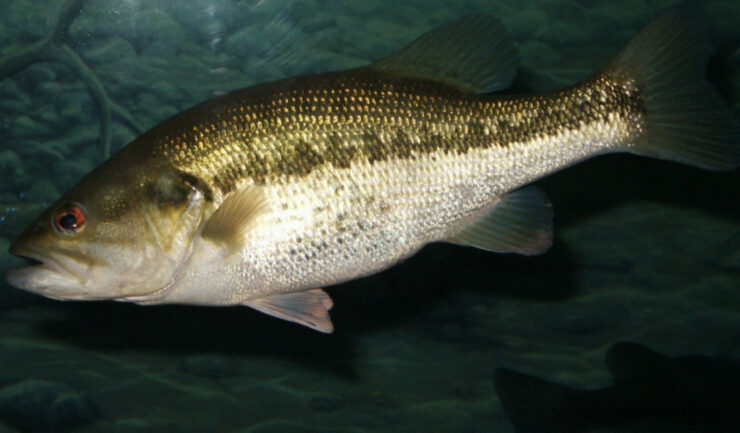
Black bass are not built for sustained speed like white bass, tuna, etc… But they are capable of great speed in a short burst. That is not to say they are particularly slow. Few freshwater inhabitants are very fast, and black bass are more than a match for most of them.
They can cruise for extended periods at around 12 mph. By comparison, reeling in as fast as you possibly can result in a lure speed of a pitiful 3-4 mph… Black bass can easily overtake your lures without even taking a deep breath.
To top it off, black bass can achieve burst speeds of 25 mph for a few yards. One more factoid on the list of 10 things you probably didn’t know about black bass.
8. True Colors…
Bass lures come in every color of the rainbow, but do they really help you catch bass? Or are most of those colorful lures designed to catch fishermen? Can science provide an answer?
Of course, it can. A 1937 study showed that bass was only responsive to red and green colors. Everything else seemed to be just light and dark. In a 2018 study, black bass eyes were examined through the latest technology, and it was determined that black bass only have 2 types of cones in their eyes, as opposed to the three in the human eye.
The cones were only sensitive to red and green light. This means that black bass is dichromatic, much like a color-blind human. They can only distinguish between colors or combinations of red and green.
All other colors will be interpreted as either light, or dark shades of white, blue, grey, and black. So that spinnerbait you love so much with the chartreuse and white skirt appears all white to a black bass. To make matters worse, red is the longest wavelength of visible light and penetrates the least deep into the water. Deeper than 15 feet, there is no red.
Blood actually flows green deeper than 15 ft (contrary to what most Hollywood movies would have you believe…). So when you are selecting colors to fish with, just concentrate on lights and darks, and don’t worry so much about the colors. Use what you like. The bass doesn’t really care….
9. Ooooh, That Smell…
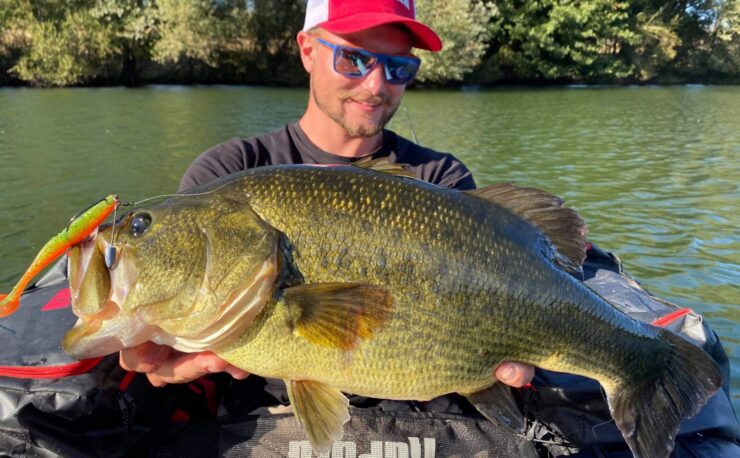
The shelves of most sporting goods stores are filled with lure scents. Some of them make sense, (no pun intended…) like crawfish, minnows, shad, etc….., but garlic? Vanilla? Why would a bass associate these with food? Do any of them really work?.
Science says, “No!” Bass only have 15 or so sensory folds in their nasal passages compared to over 150 in some other species. This means they do not have a very good sense of smell. It is probably only good enough to detect possible threats, like a human scent on a lure, or poison in the water, etc… But the scents might help cover up the human scent, so if you like them, by all means, use them.
10. Hear Yea, Hear Yea…
Sound and vibrations travel faster and farther underwater, so one might think that all fish would be able to hear pretty good. You would be wrong. In the case of the black bass, by human standards, they would be tone-deaf.
Humans can hear frequencies between 20, and 20,000 Hz.
Bass only hear between 100 and 300 Hz.
Anything over 500 Hz, the bass is totally deaf.
But low frequencies travel farther underwater, so it does make a little sense. They can hear things like crawfish clicking over the bottom, or baitfish swimming through dense cover. That’s apparently good enough for them, so those rattling lures may really be just the thing to trigger a bass attack.
Now you know things a lot of other black bass anglers don’t. Happy fishing!
Adelaide Gentry, a seasoned kayaking enthusiast and expert, is the driving force behind KayakPaddling.net. With over a decade of experience navigating the world’s most challenging waterways, Adelaide combines her passion for adventure with a deep knowledge of kayaking to provide insightful and practical guidance for paddlers of all levels.
Related Posts:
- 16 Best Kayak For Beginners 2024 - Kayaking Adventure Gear
- 12 Best Fishing Lures Ever 2024 - Baits That…
- Heavy Duty Fishing: 11 Best Rods And Reels For Big Fish 2024
- 10 Best Fish Finders Under $200 2024 - Top Affordable Picks
- 12 Best Beach Wagons & Carts 2024 - For All-Terrain
- 10 Best Sit-Inside Fishing Kayaks 2024 -…

